Game Culture
#8DaysOfPixelFeature - Day 6: Octopus City Blues
In a world of ice, the last human city is tearing itself apart. Explore the underbelly of a monstrous metropolis in a surreal adventure about everything and nothing.

Octopus City Blues is a story-driven adventure game. It's the tale of cowardly tentacle trimmer Kaf Kafkaryan, who lives in a city built on an octopus. Plagued by recurring nightmares, Kaf stumbles upon dark secrets as the line between dream and reality begins to blur.


With a unique pixel art aesthetic and a unique concept, Octopus City Blues blends various genres—placing emphasis on exploration, real-time daily simulation, and complex encounters that encourage multiple playthroughs.


Features:
- Talk to people, make choices, and explore a unique world.
- Interact with over unique 60 characters, each with their daily schedules and secrets.
- Learn and spread gossip to unlock new story paths.
- Manage your stress and reputation in tense encounters.


Octopus City Blues is developed by Ghost in a Bottle. All assets used in this blog belong to the rightful owner.
Contact them via their email: contact@ghostinabottle.com
Check out Octopus City Blues' website. Follow Ghost in a Bottle on Twitter, and join their Discord or more updates and fun!
Watch the trailer here:
#8DaysOfPixelFeature - Day 5: Nightmare Frames
Nightmare Frames is a supernatural thriller where you'll step into the shoes of Alan Goldberg, in the search for the scariest horror film of all time. An enthralling journey through the streets of the Hollywood of the 80s, a small haunted town, and even Hell itself.

Alan Goldberg is a frustrated slasher movie screenwriter in the Hollywood of 1985 who feels his career is at a standstill, but his luck is about to change: Helen Westmore, an eccentric millionaire, will grant him anything he could wish for if he is able to find genius horror director Edward Keller's last, unpublished work, which is said to be the scariest film of all time.


Alan will find his way amongst B-films production companies, VFX workshops, religious cults, and a small haunted town called Serena, the dark reputation of which began when Keller was last seen there.

Key Features
- Point & click adventure game solely based on inventory puzzles.
- An investigative thriller that gets darker as you progress into the story. From ambient horror to the gory depths of Hell.

- More than 80 playable locations, and 50 characters to interact with.
- Original soundtrack by synthwave musician Stefano Rossi.

- In Joe's Diner you'll be able to listen to SYNTHWAVE FM, where DJ Karen Johnson broadcasts licensed tracks by Heclysma, Decade Defector, Vincenzo Salvia and Self Delusion.

- By the author of award-winning Urban Witch Story and Billy Masters Was Right.

Nightmare Frames is developed by Postmodern Adventures. All assets used in this blog belong to the rightful owner.
Contact them via their email: postmodernadventures@gmail.com
Follow them on their Twitter for more updates and fun!
Watch the trailer here:
#8DaysOfPixelFeature - Day 4: An Amazing Wizard
An Amazing Wizard is a story-driven RPG where you explore procedurally generated worlds to uncover the hidden truth. To do so you need to defeat many enemies, bosses included, with spells you created by enchanting them with unique upgrades or even merging.
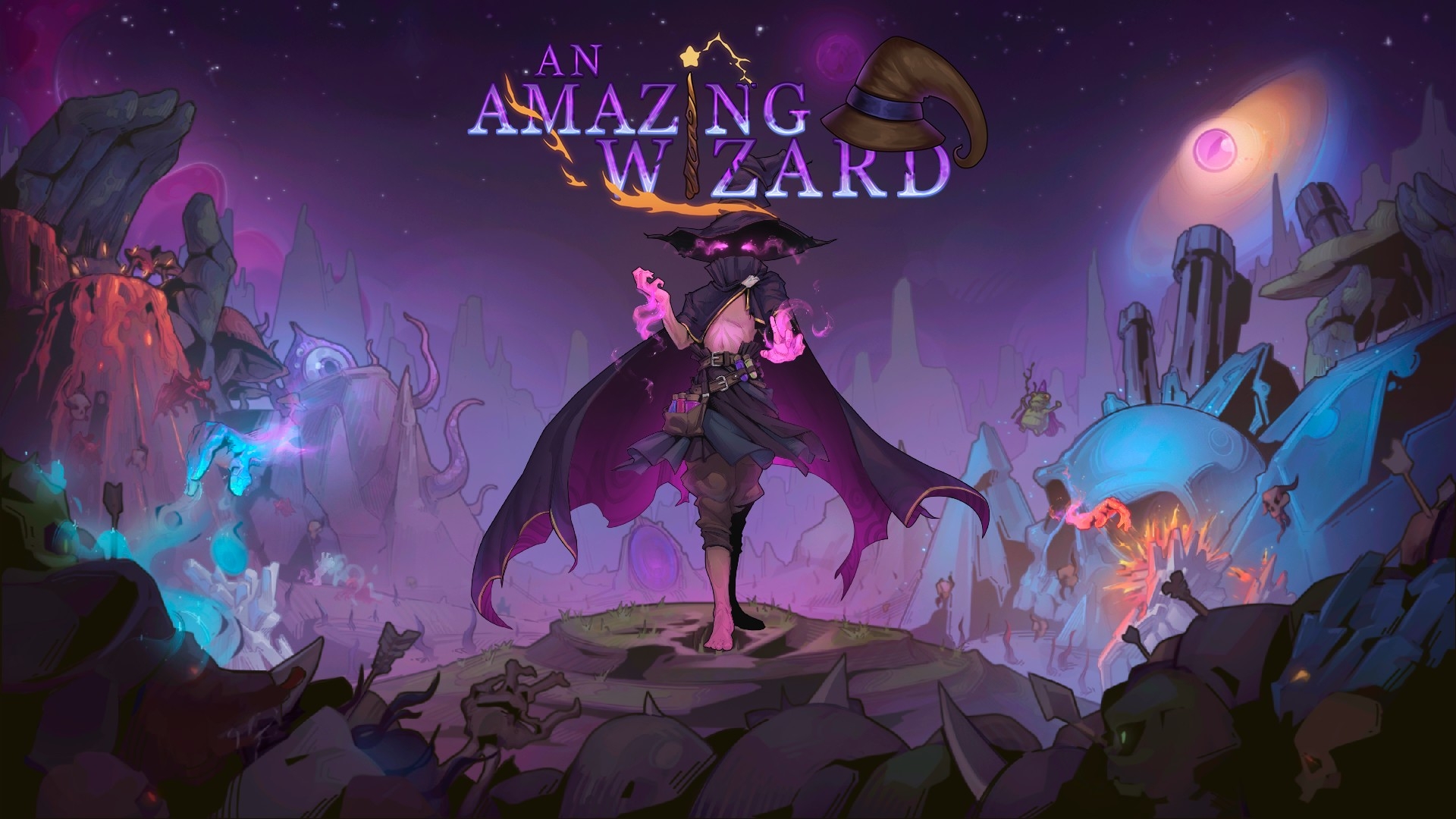
Play with over 250 Artifacts, 100+ Spells, and dozens of Magic Weapons to unlock and use. After every death, you'll respawn in a different world. There are no checkpoints...
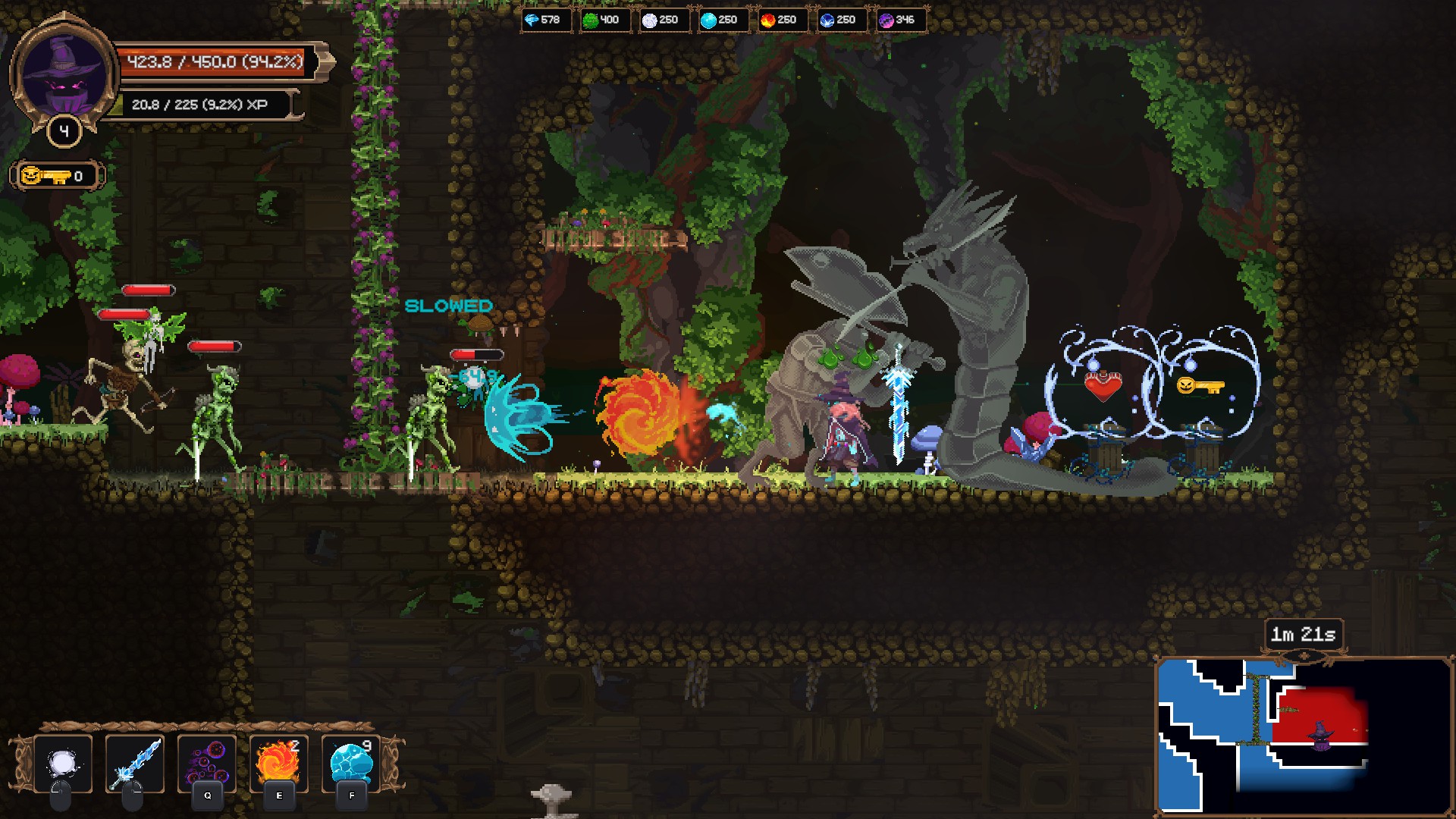
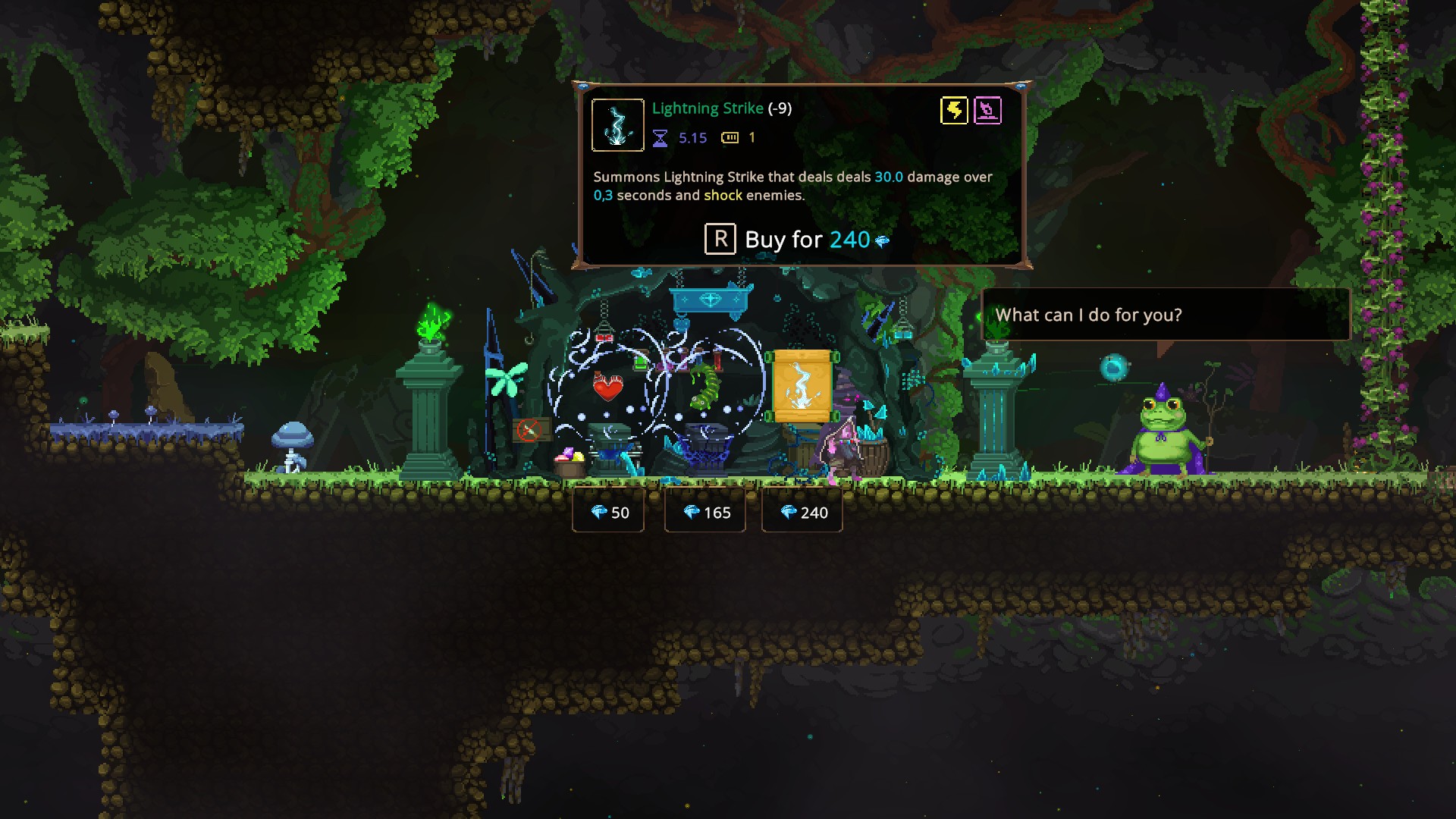
- 7 PLAYABLE CHARACTERS - Unlock and play as one of the 7 Elemental Wizards. Each has its subclasses!
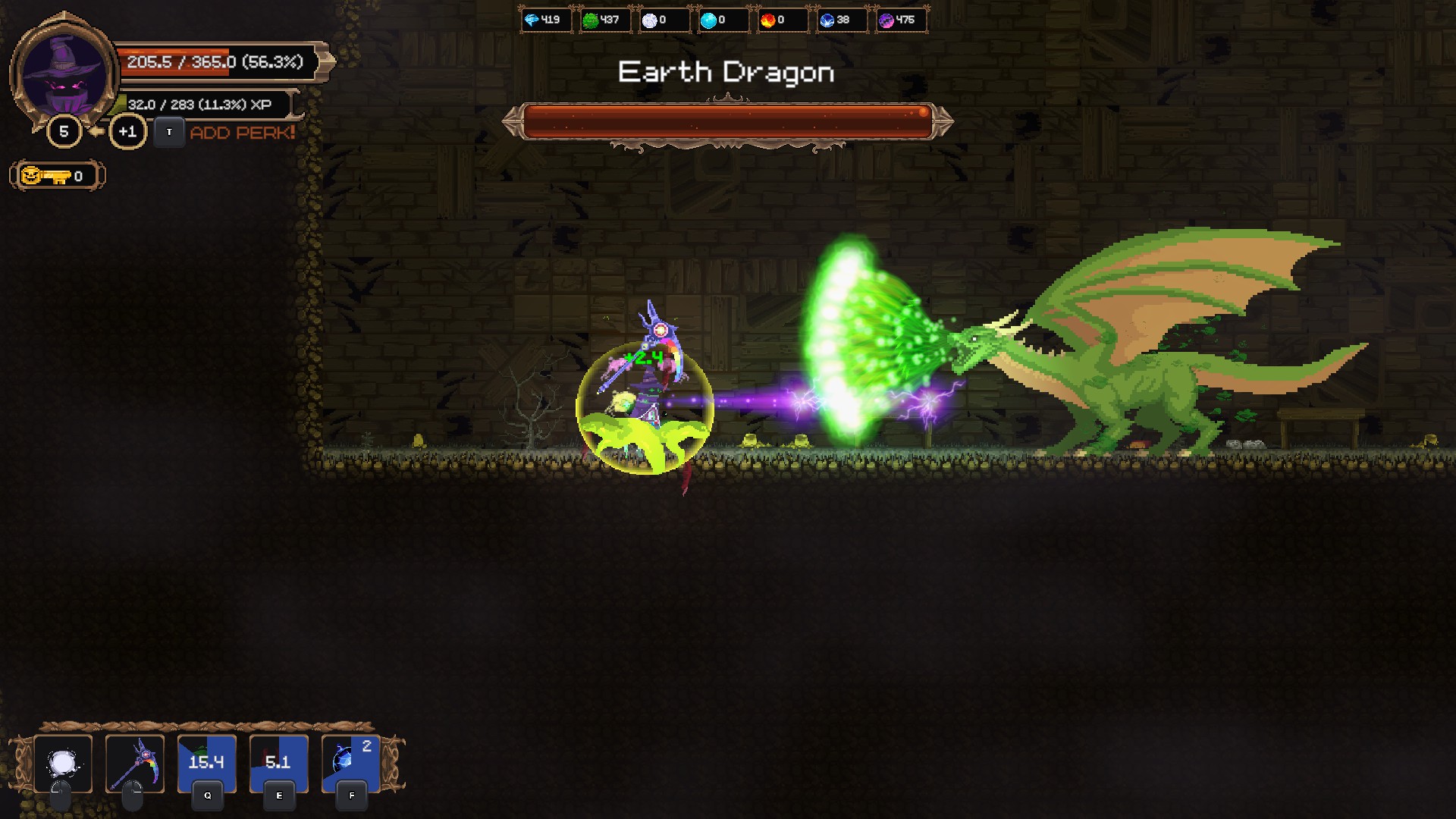
- 5 NONLINEAR LEVELS - Only 5 levels? Yes, but each time you die you will respawn in one of the four nature-inspired worlds and face other enemies based on the current biome.
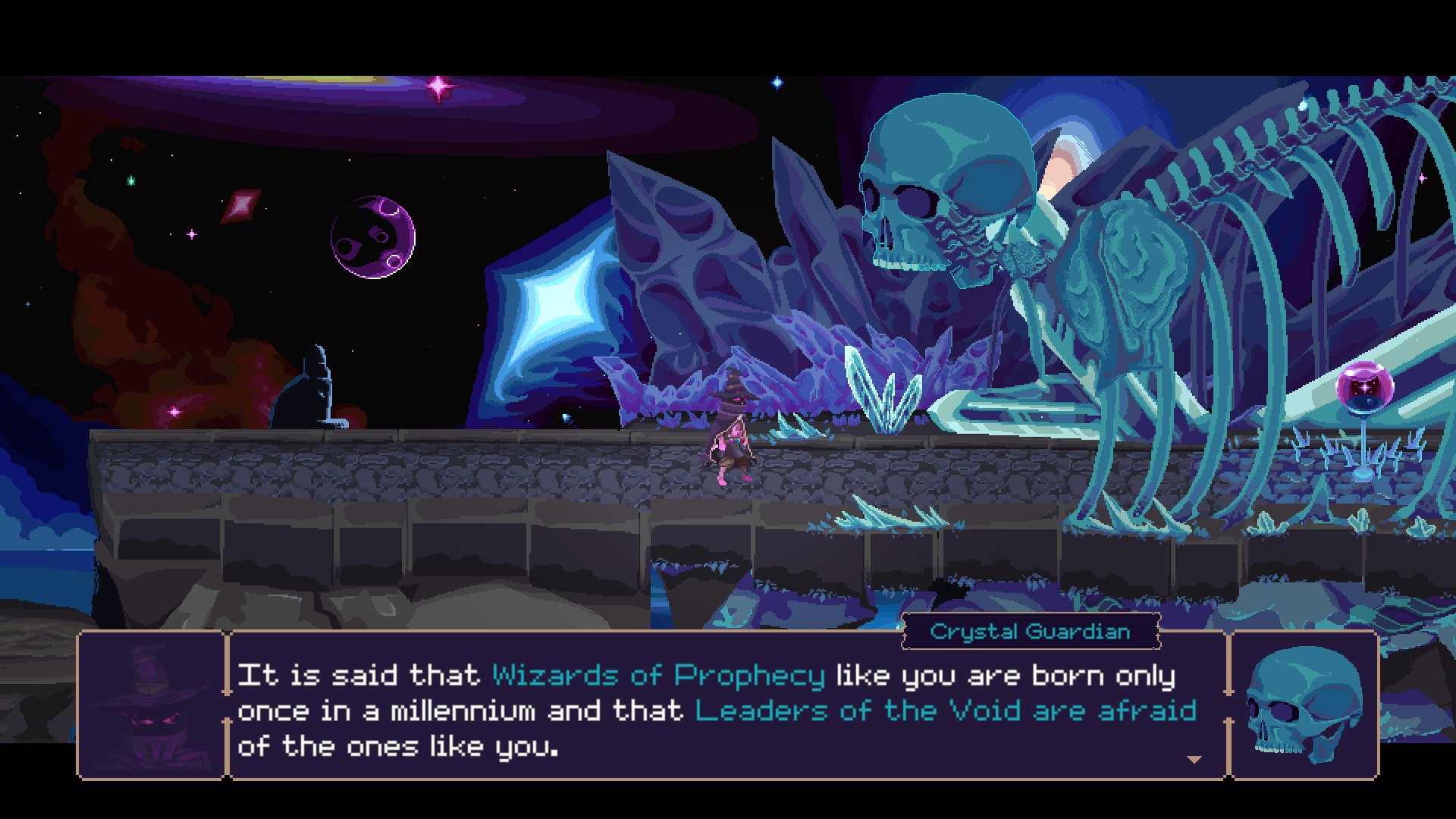
- HUGE SKILL TREES - Fill the world with more content, unlock new skills and weapons, or simply become stronger. 7 skill trees and 2 shops are ready to be explored. Demo is available now : )
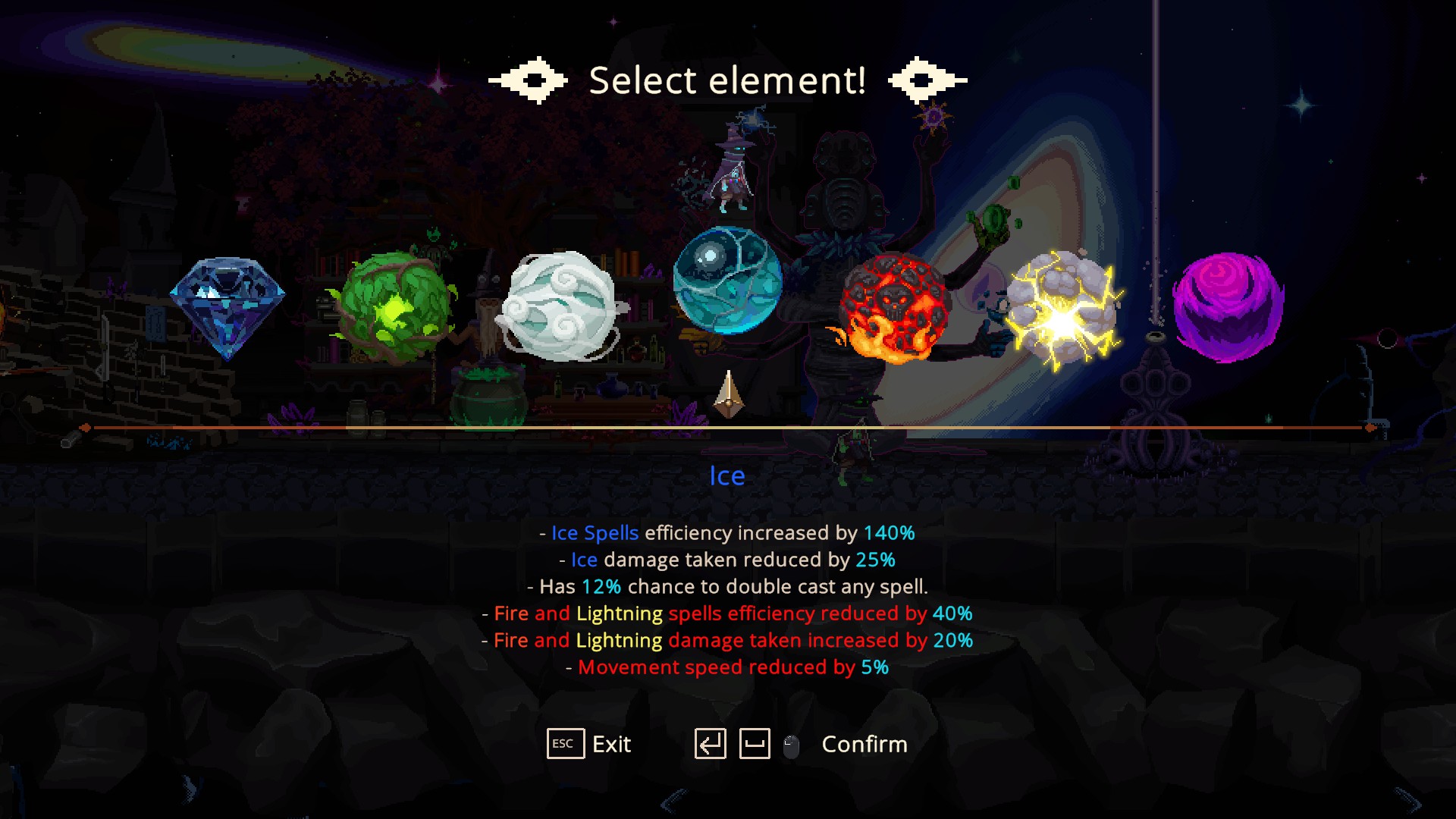
An Amazing Wizard is developed by Jakub Dąbrowski. All assets used in this blog belong to the rightful owner.
Contact them via their email: anamazingwizard.info@gmail.com
Check their Website, Twitter, and Facebook! Join their Discord and follow them on Kickstarter!
Watch the demo trailer here:
Watch the gameplay trailer here:
#8DaysOfPixelFeature - Day 3: Below the Stone
Below the Stone is a punishing pixel-art roguelike about dwarves on the quest for the deepest depths. A place where each and every descent will lead to new adventures -- and where only the most determined players with many lost lives will be rewarded by the hidden world lying below the stone.
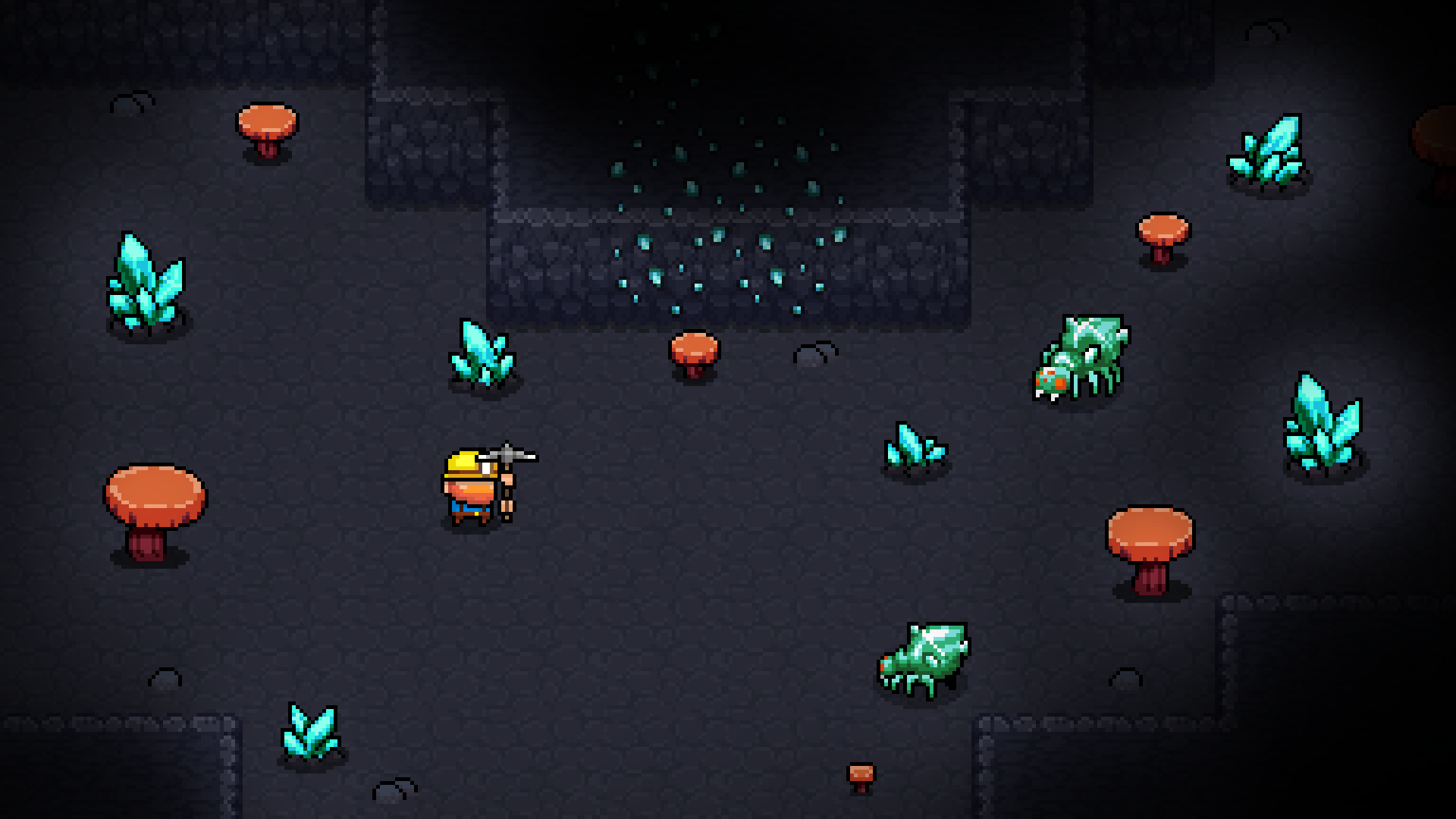
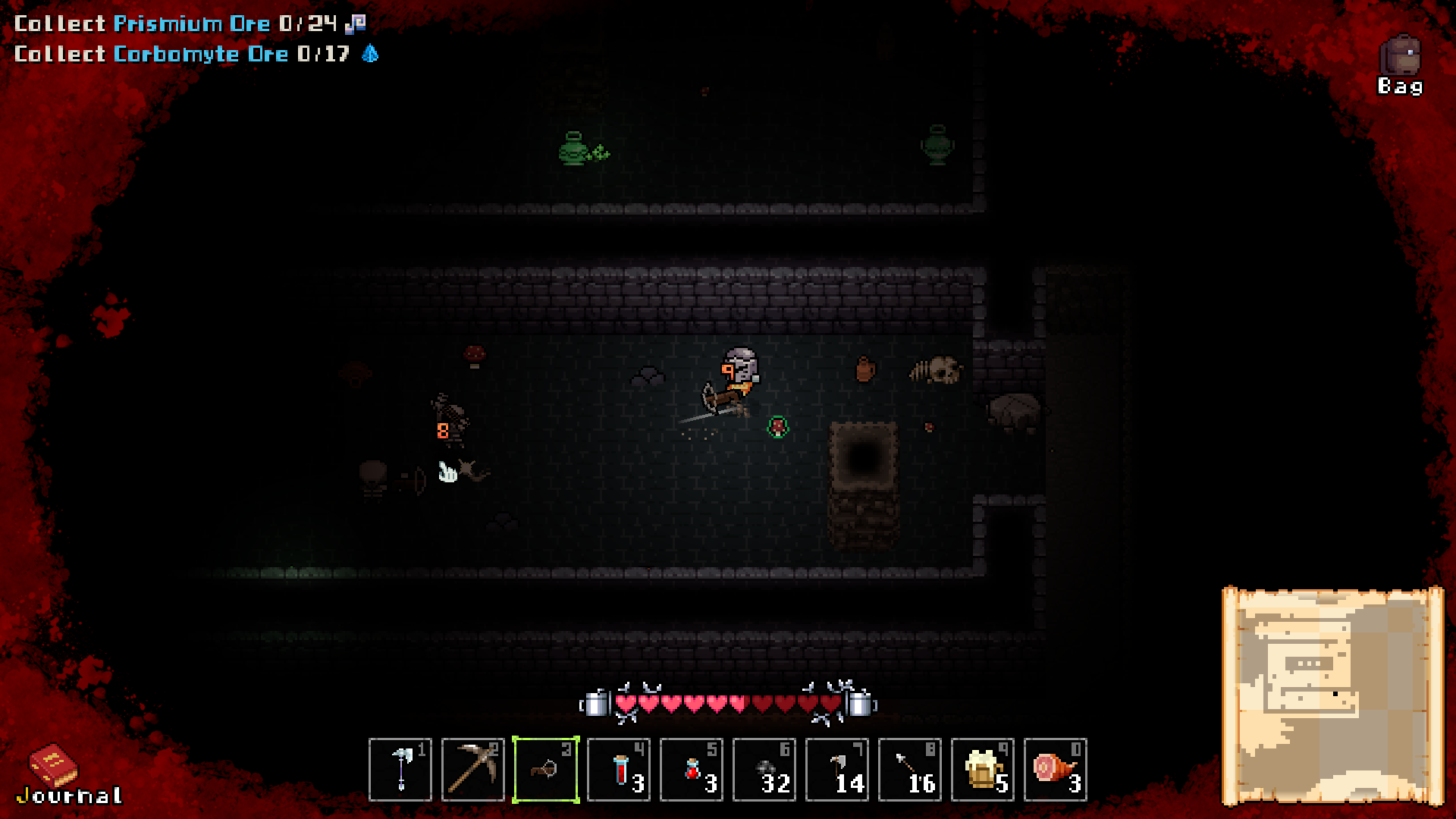
Every dwarf starts their adventure with two things in mind: How deep they can go, and what shiny new things they can bring up to their fellow dwarves. Each adventure will lead to new adventures as a procedurally generated underground leads you through danger, treasure, and most of all adventure. Extra resources may be brought back for one’s own use on future expeditions as well!
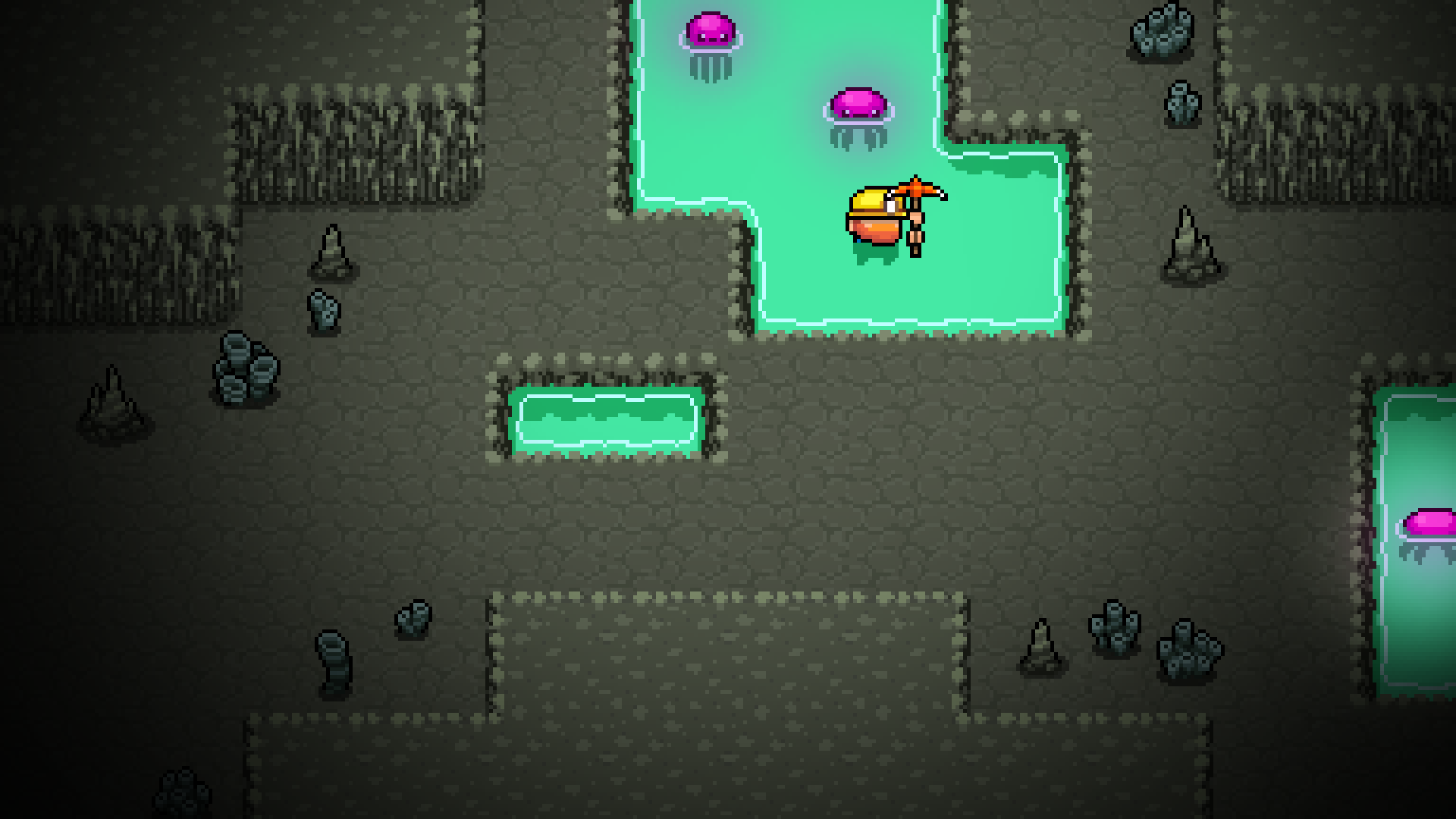
Below the Stone takes inspiration from old games we’ve all played growing up, as well as new twists and turns that can be compared to the caves you explore! If you love spending hours, or short breaks on mining, exploring, and progressing to the deepest depths of a fantasy world, Below the Stone is the game you should dig into!
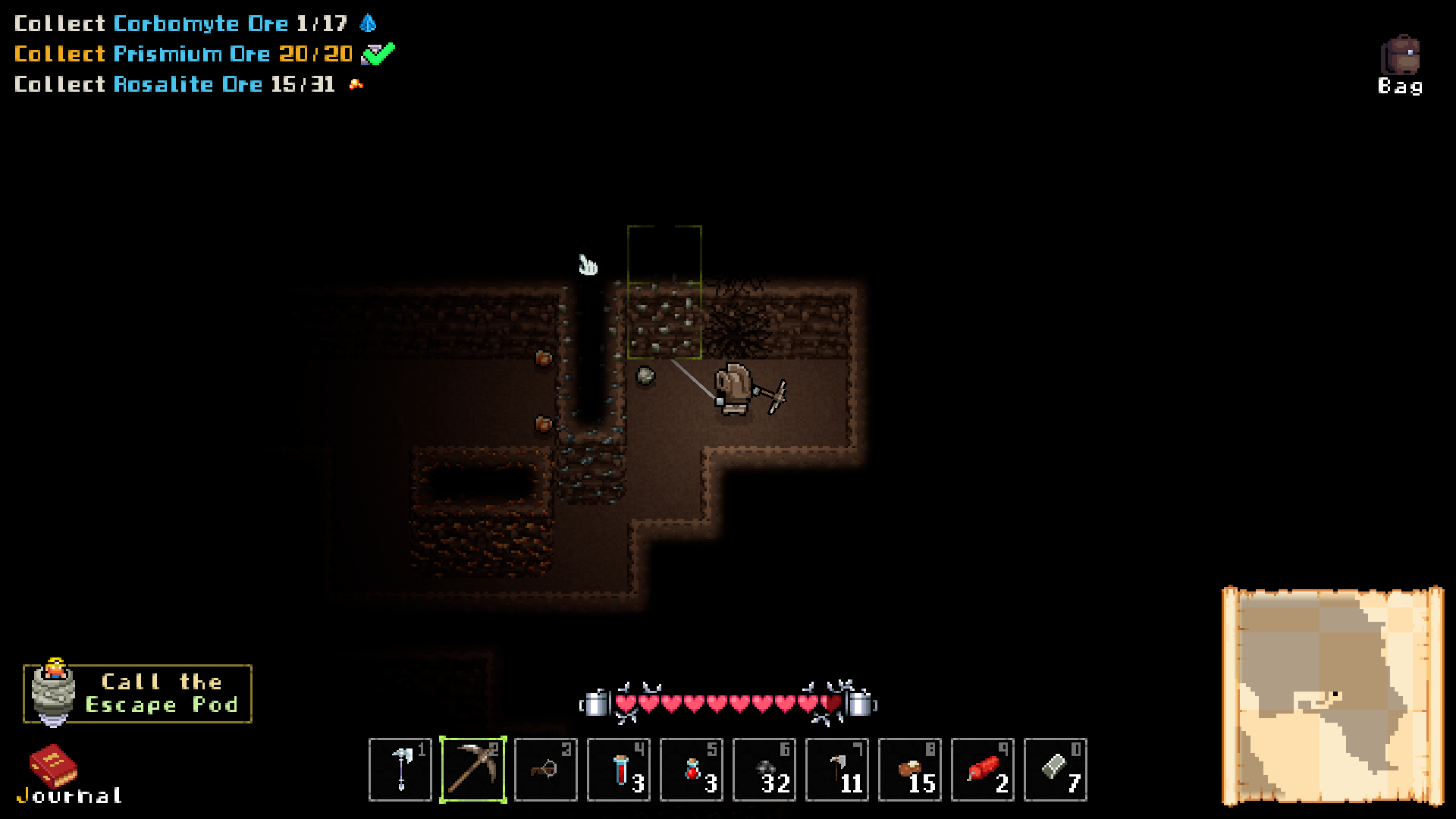
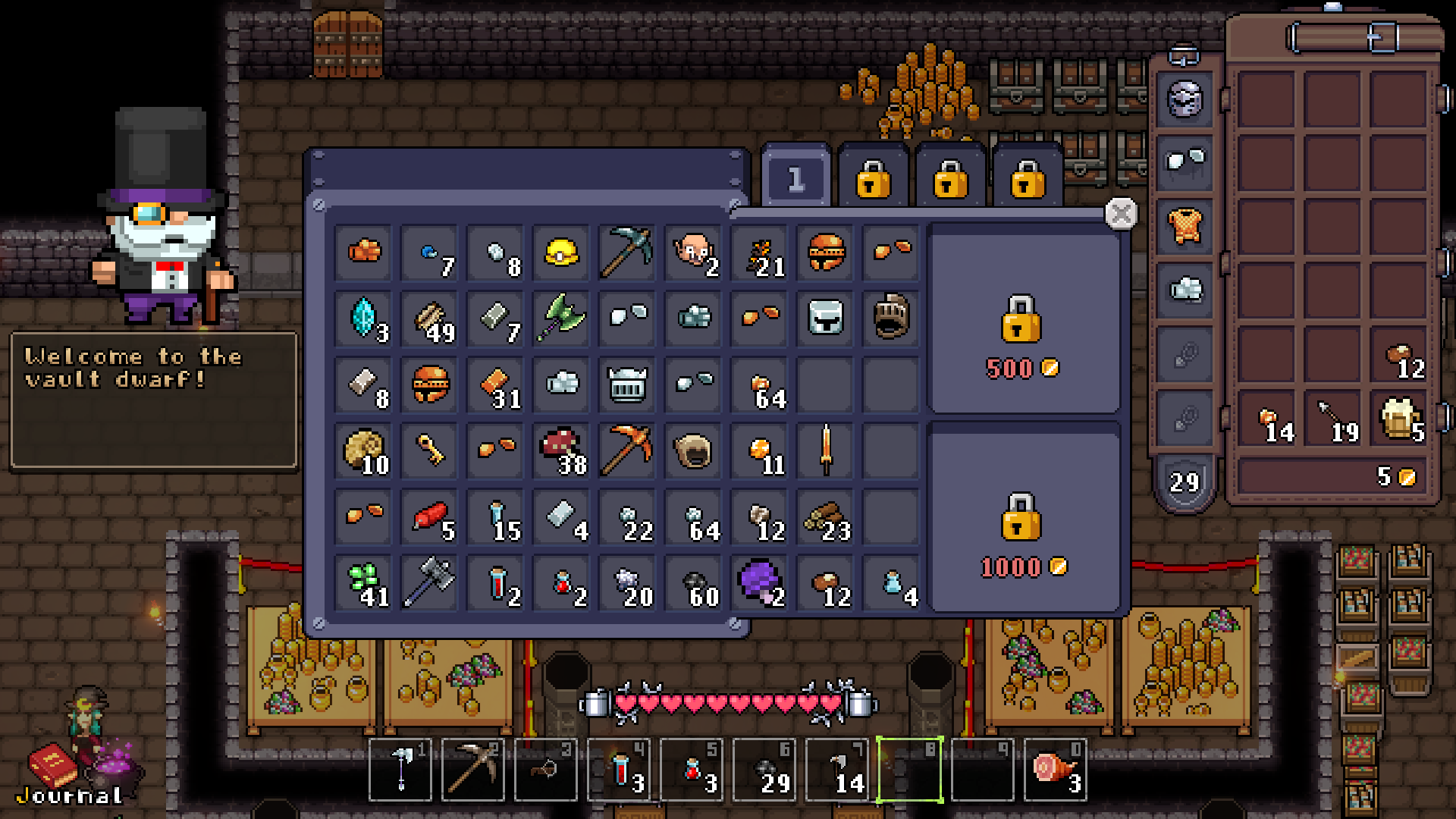
Game Features:
- Procedurally generated worlds which lead to a new adventure in every descent.
-
Dozens of biomes to explore with unique creatures, fauna, and resources to explore and log.
-
Multiple layers to explore.
-
Mining precious resources to progress your dwarf.
-
Full character customization.

-
A Dwarven Kingdom with many cool characters to meet.
-
Custom Cave missions for every descent.
-
Roguelike experience (If you die, you lose everything you brought with you!)
-
Safely store extra loot and resources at the Dwarven Kingdom.
-
An hour long soundtrack to immerse yourself into a fantasy spelunking experience.
-
Future plans for potential Co-op mode.
-
Multiple Gaming Systems!
-
Dwarves!
-
Digging holes!
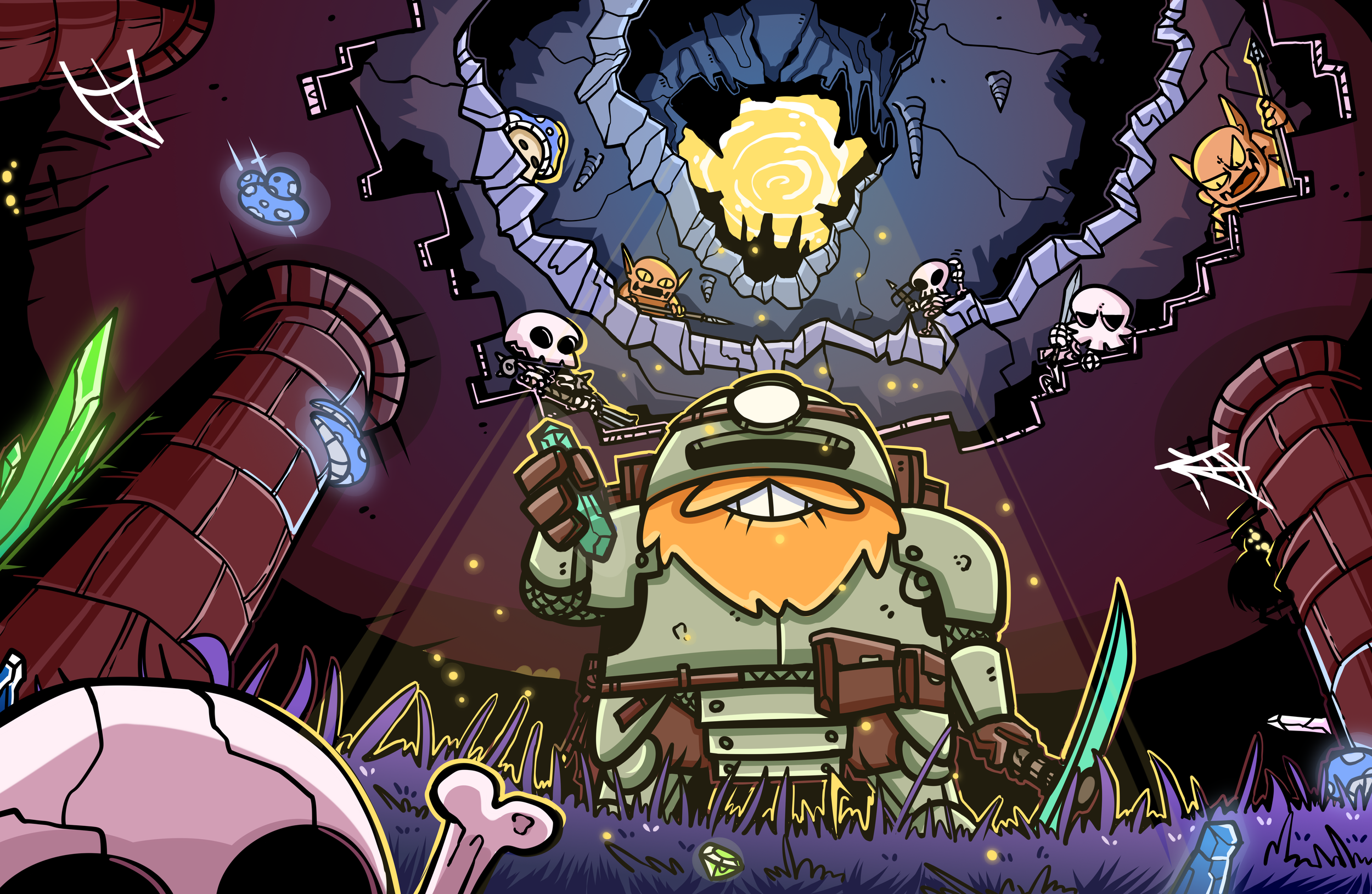
Below the Stone is developed by Strollart Studios and is published by Apogee Entertainment. All assets used in this blog belong to the rightful owner.
Contact the team via their email: Belowthestoneofficial@gmail.com
Check their Twitter, join their Discord server, and support them via Patreon!
Watch their Kickstarter trailer here:







